Introduction
Sequence based search
|
How to search the database (This document was updated on July, 3, 2007.) Video guide is linked here.  A key function of the PD is to support the identification of an unknown isolate by querying the sequence database using one or more of the marker sequences. To support this function, a BLAST tool was installed, and we have generated and deposited sequence data from > 1,200 isolates (the current statistics can be found at the home page of the PD). We sequenced up to nine loci of selected isolates that represent most of the known species within Phytophthora (228 isolates from 82 species) to establish a genus-wide phylogenetic framework. Because sequences of the internal transcribed spacer (ITS) regions of ribosomal RNA-encoding genes have been commonly used for identifying Phytophthora species, the ITS region was sequenced from all isolates archived in the PD. PCR reaction conditions for amplifying these marker loci, including the sequences and positions of primers used, can be found in the Genetic Markers section of the PD. A BLAST search using ITS sequences should establish the identity of an unknown isolate at or near the species level. If the closest match in the PD exhibits substantial sequence differences from the query, the unknown isolate may belong to a new species. In the latter case, you may sequence all or some of the seven loci used for phylogenetic analysis to investigate this possibility. The following screen shots illustrate how to conduct sequence-based search and how to save and utilize sequences in the BLAST result for other analyses (Virtual Gel and ClustalW). 1. BLAST Search 2. ClustalW Analysis 3. Virtual RFLP 1. BLAST Search 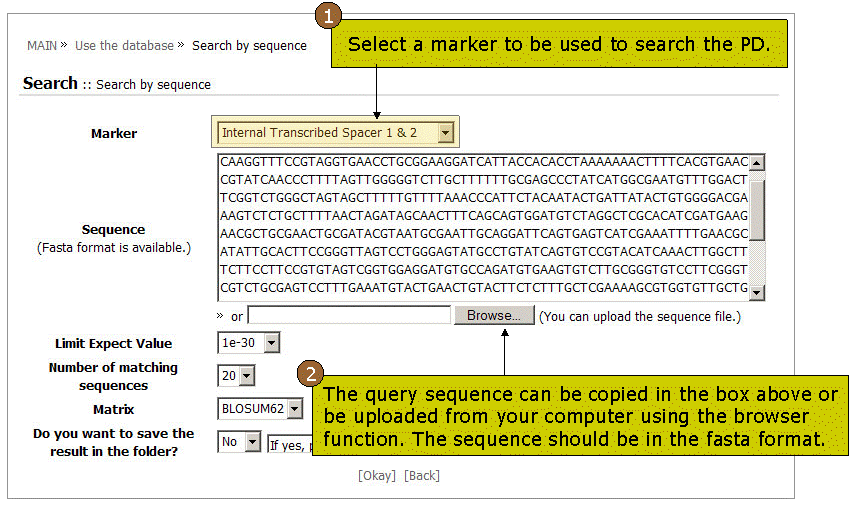 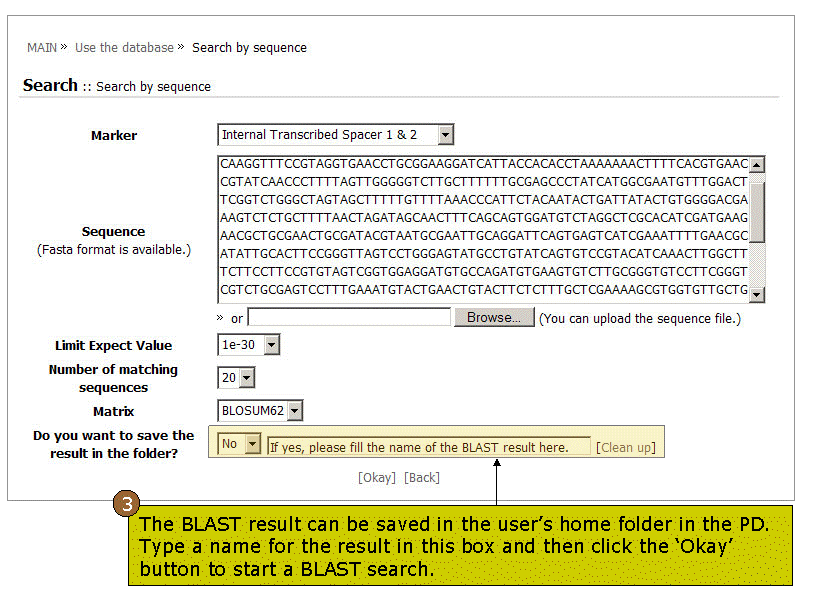 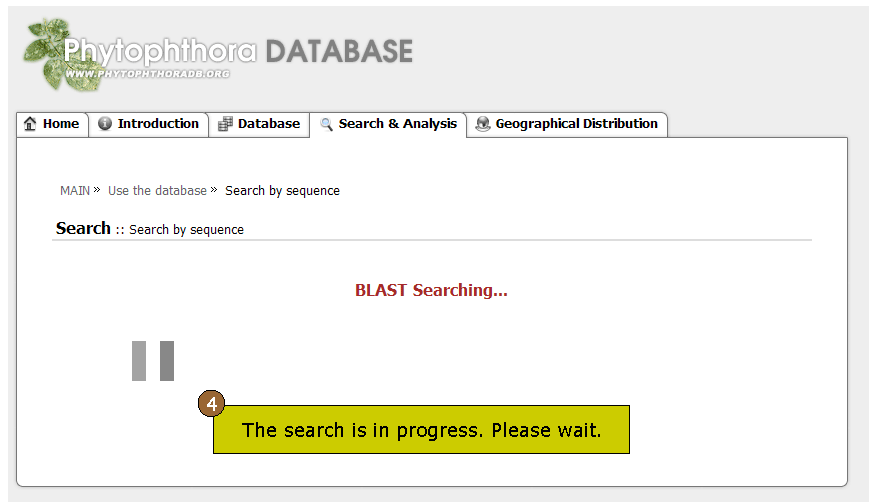 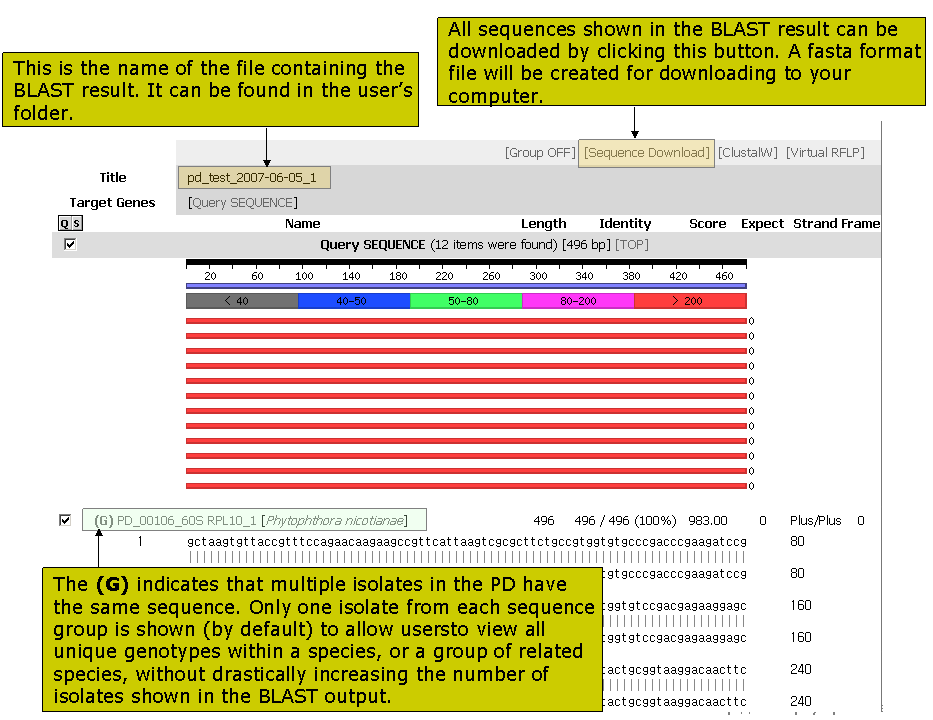 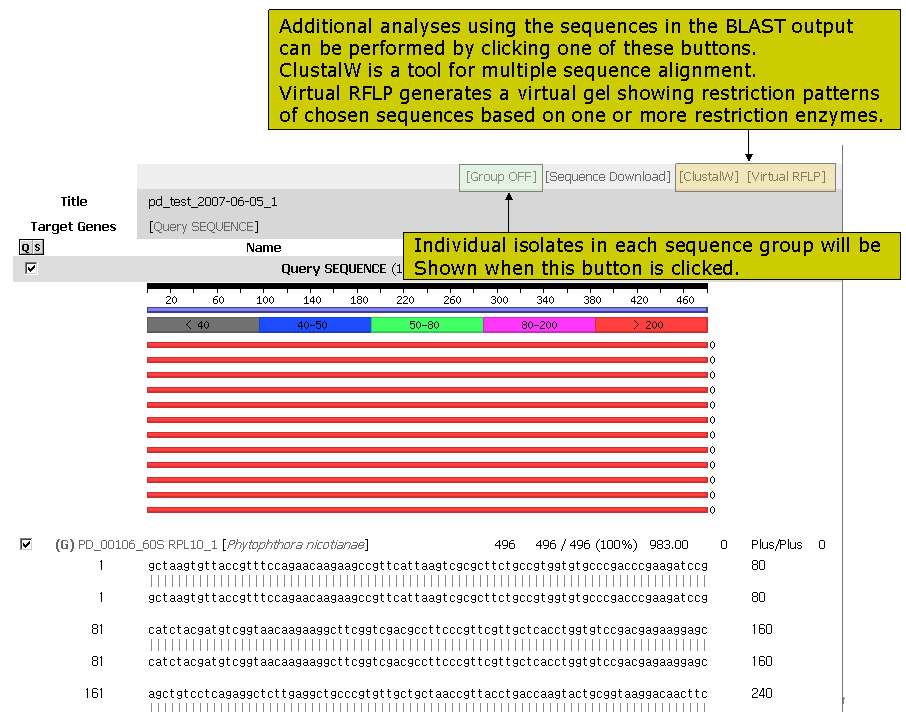 2. ClustalW Analysis 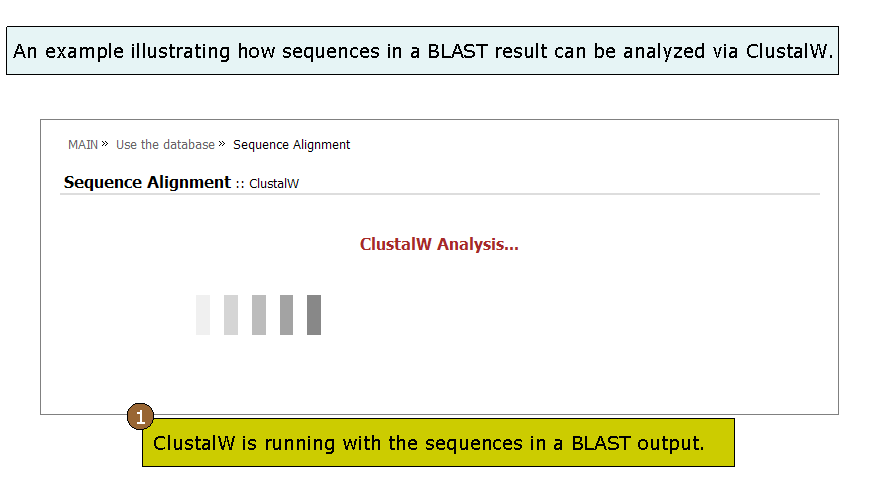 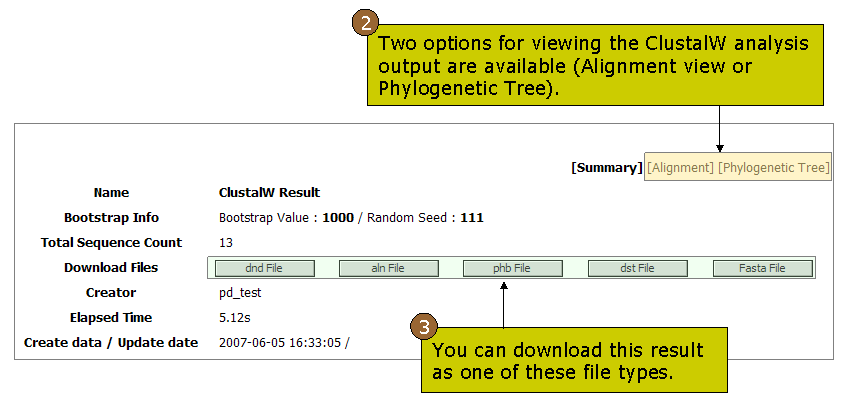 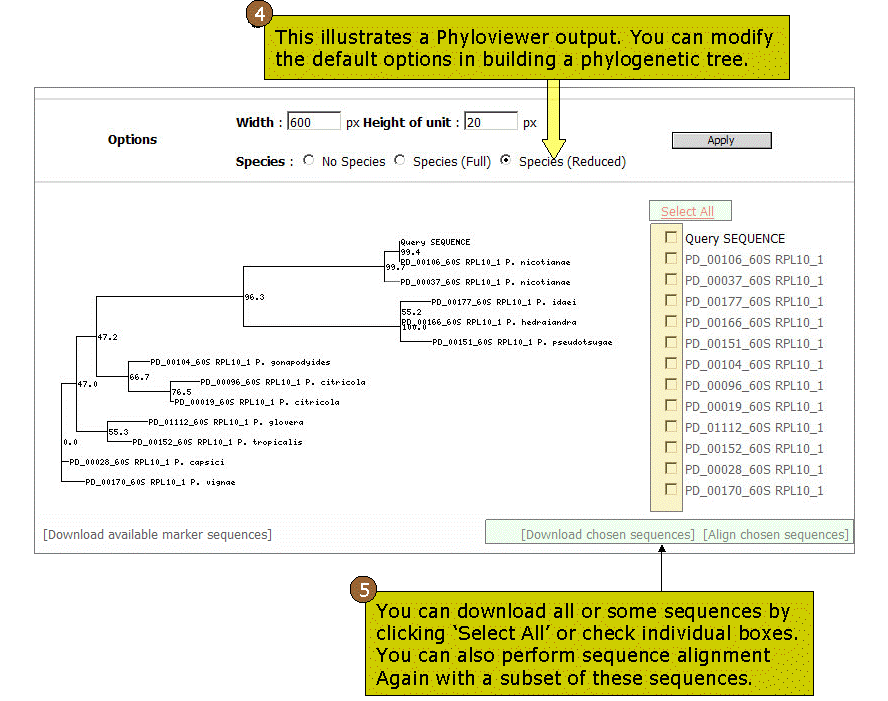 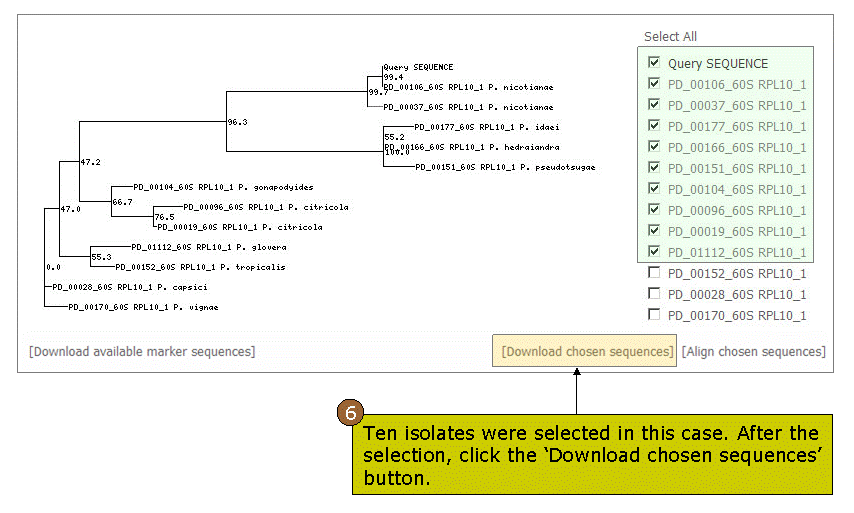 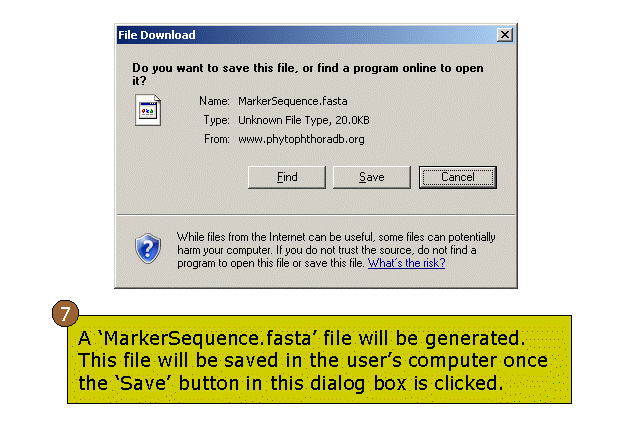 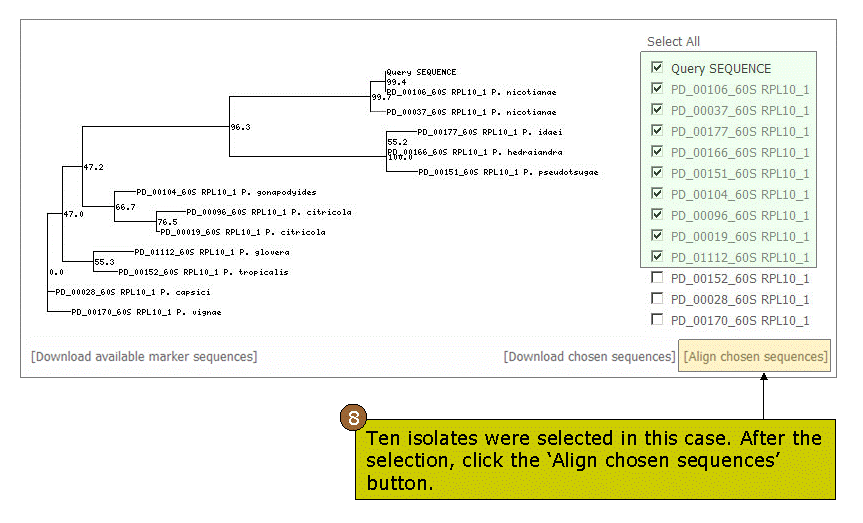 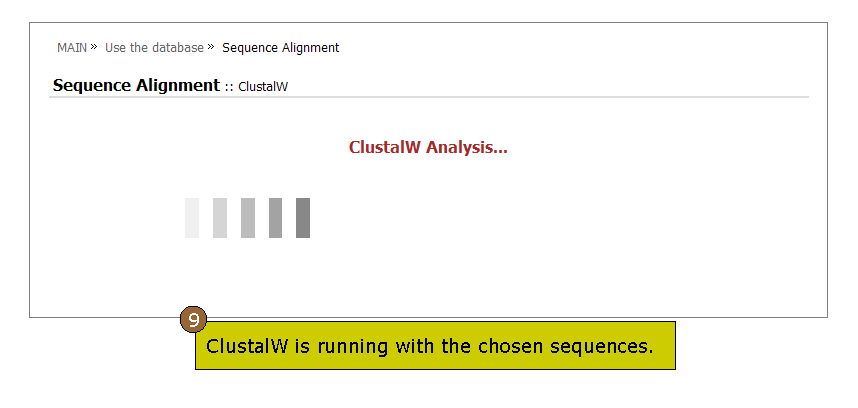 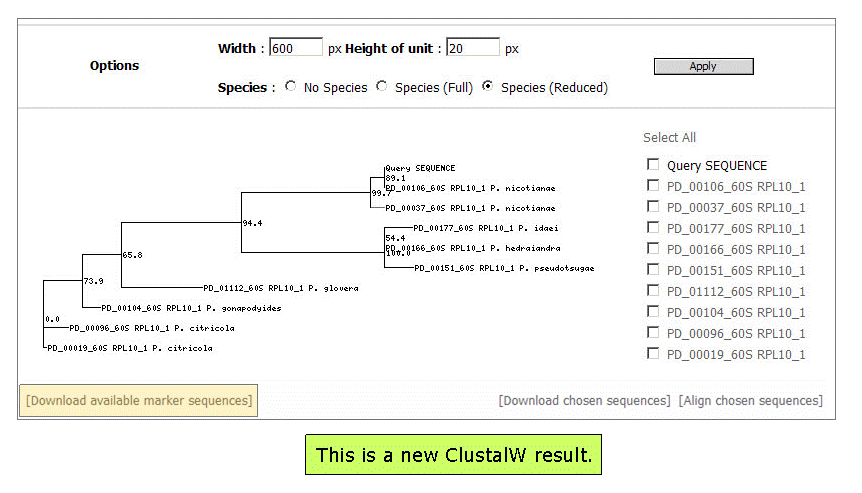 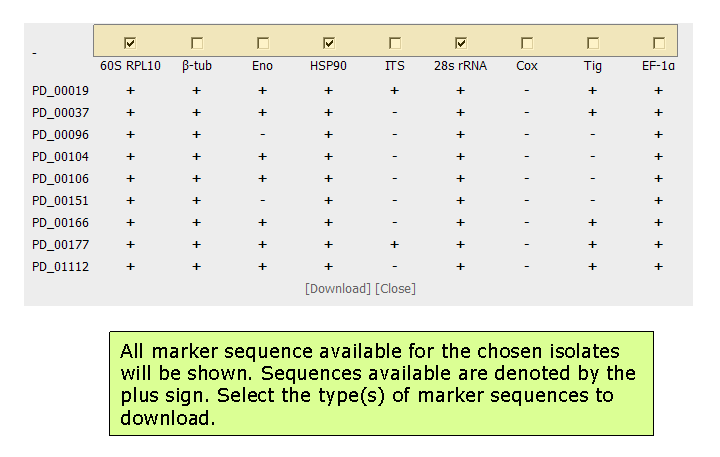 3. Virtual RFLP 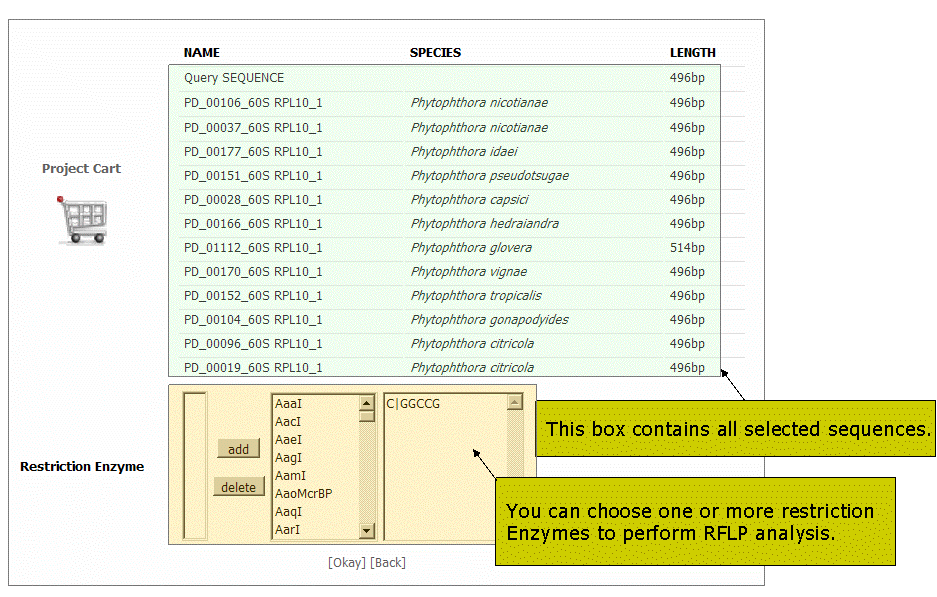 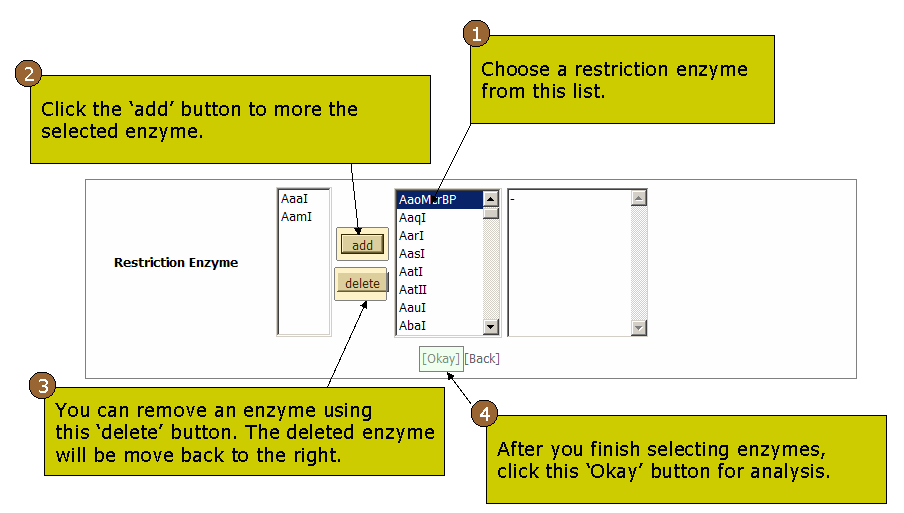 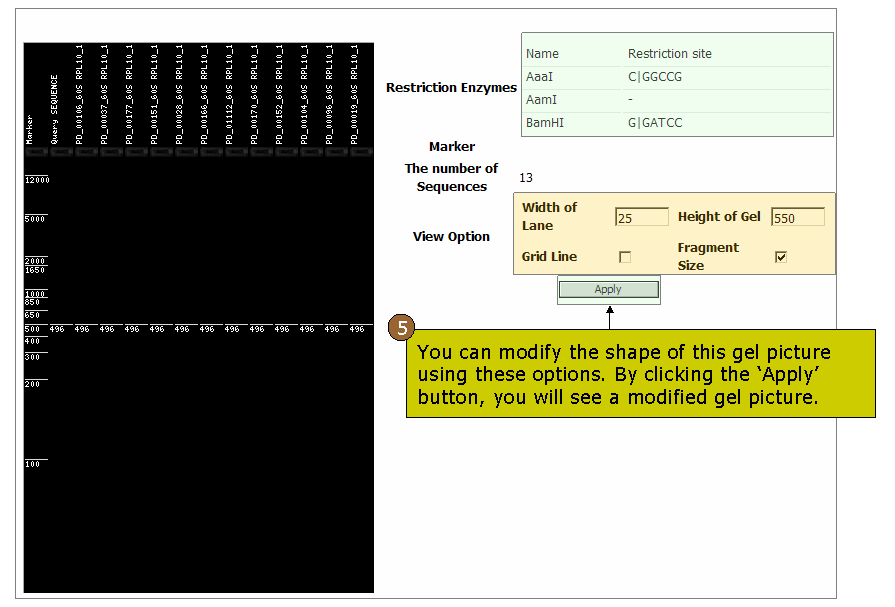
|




